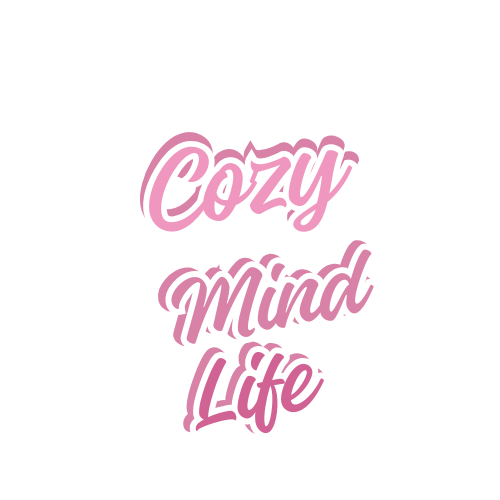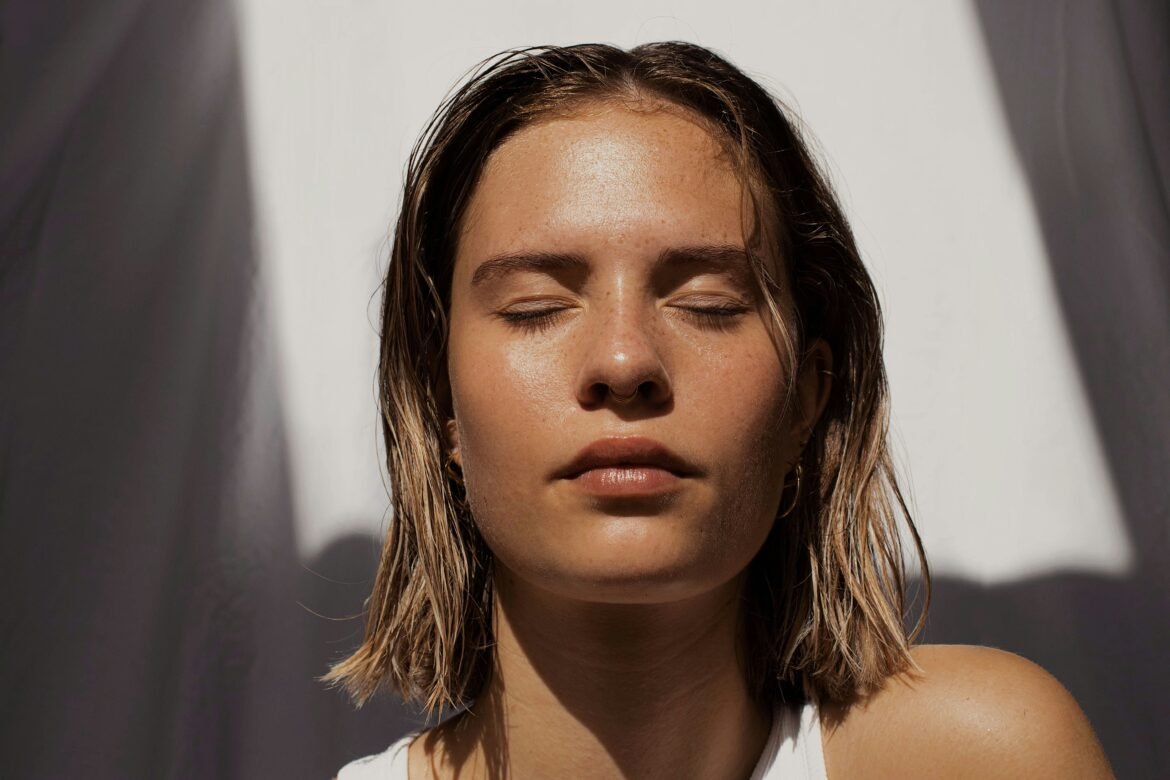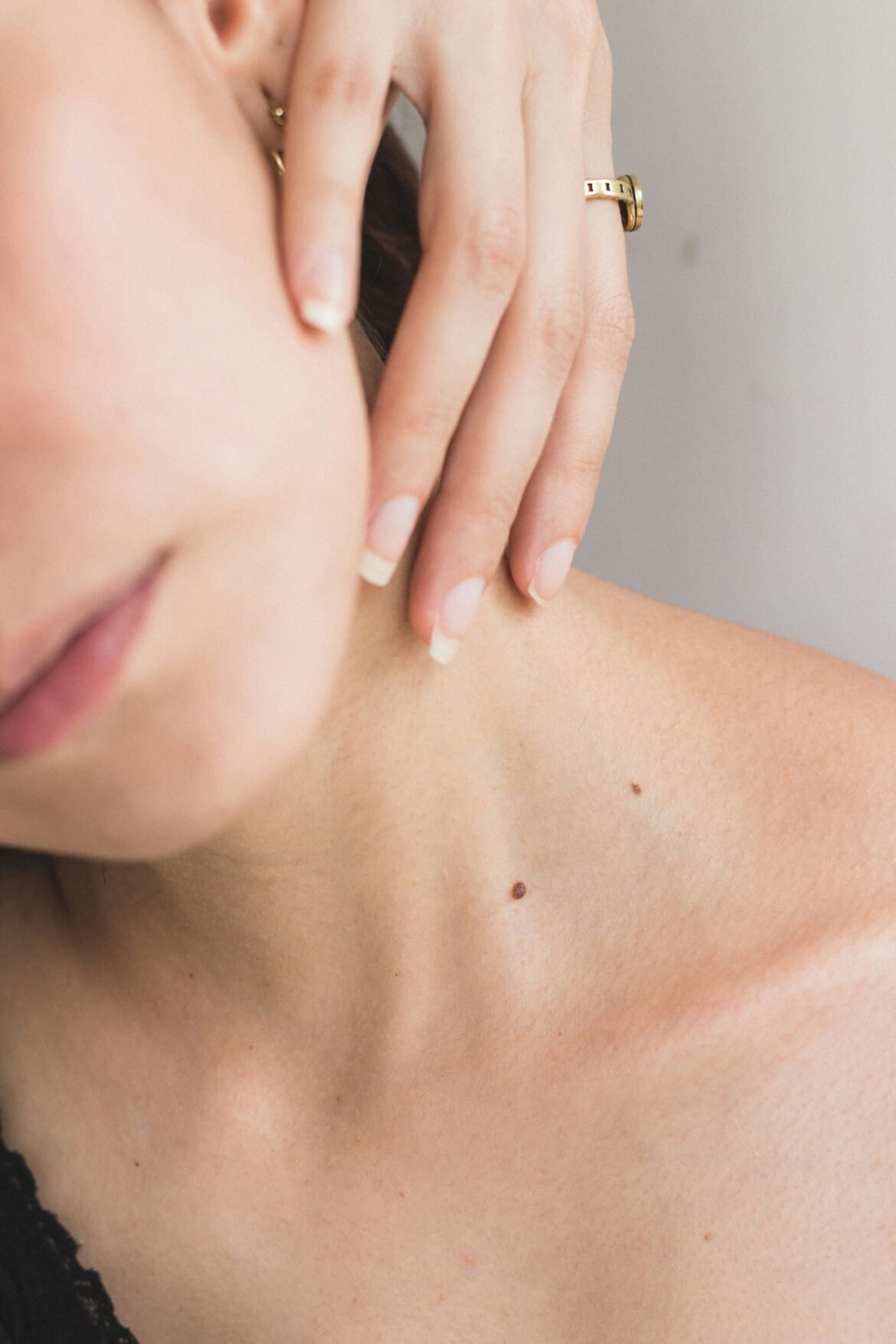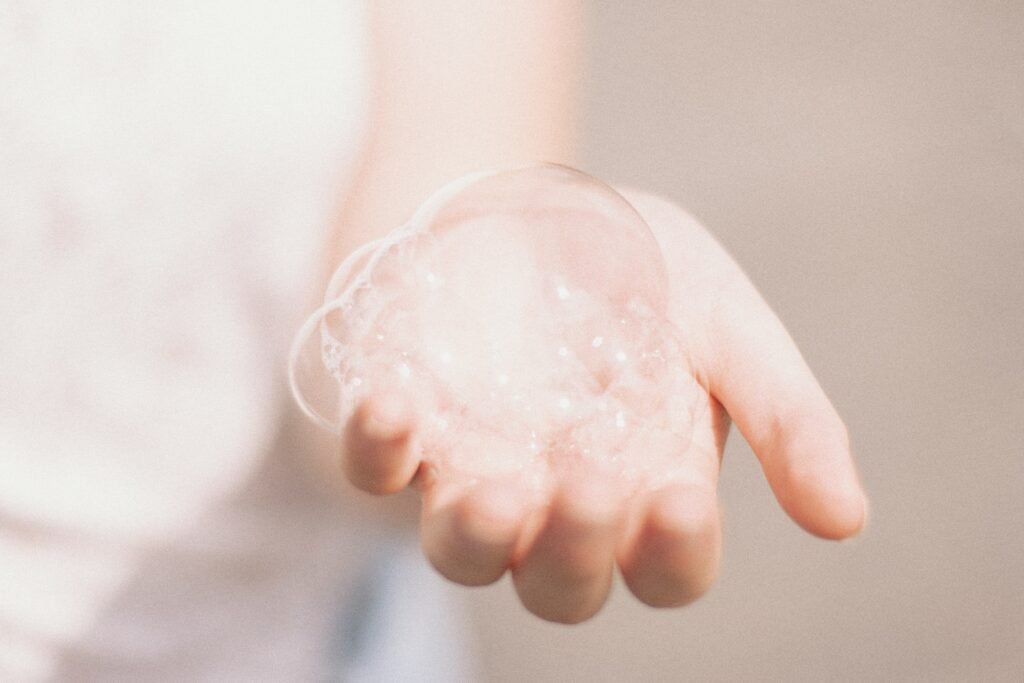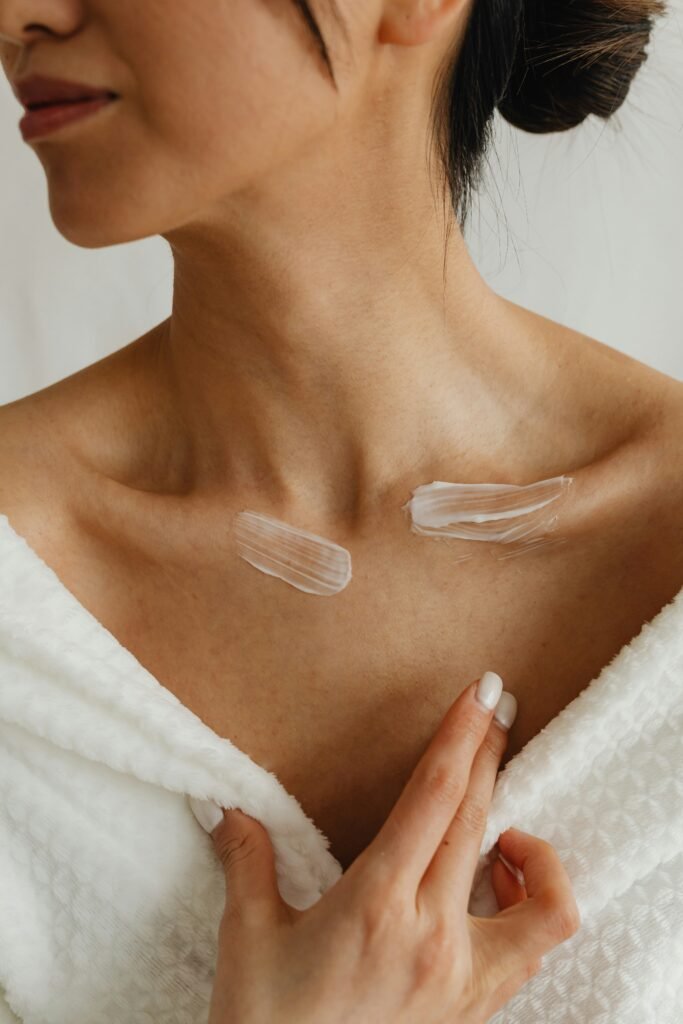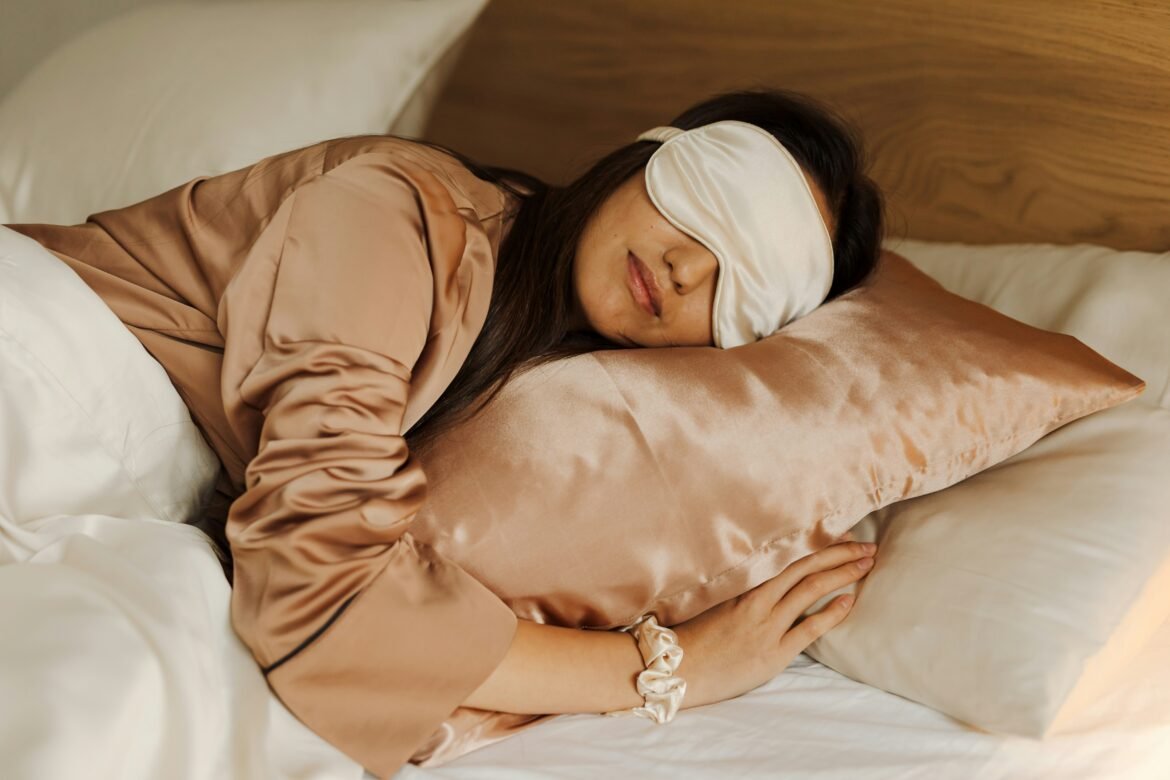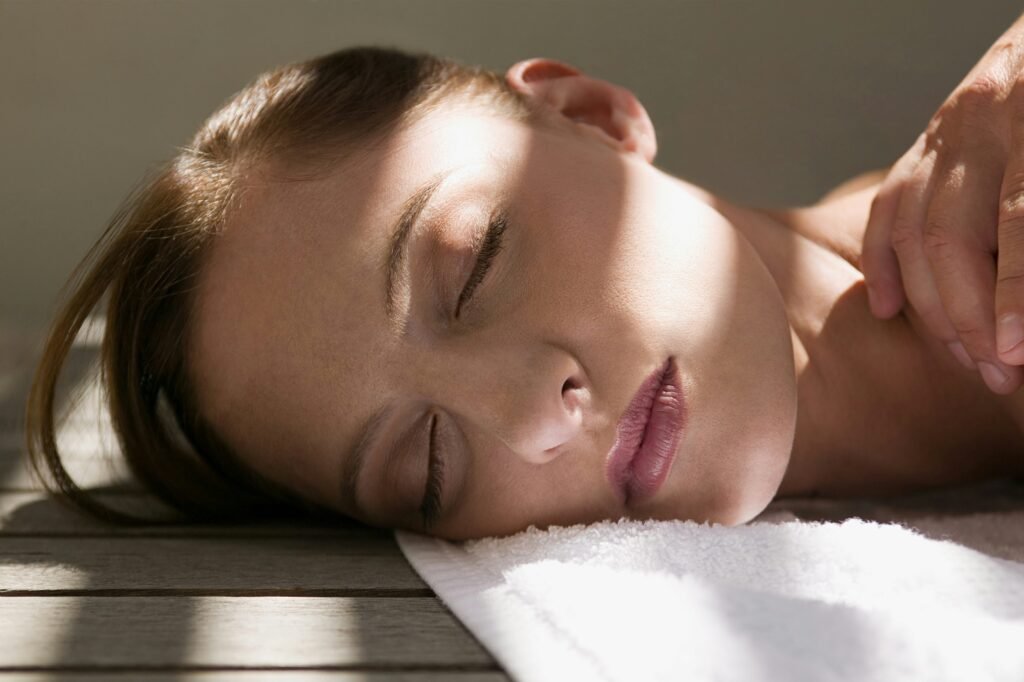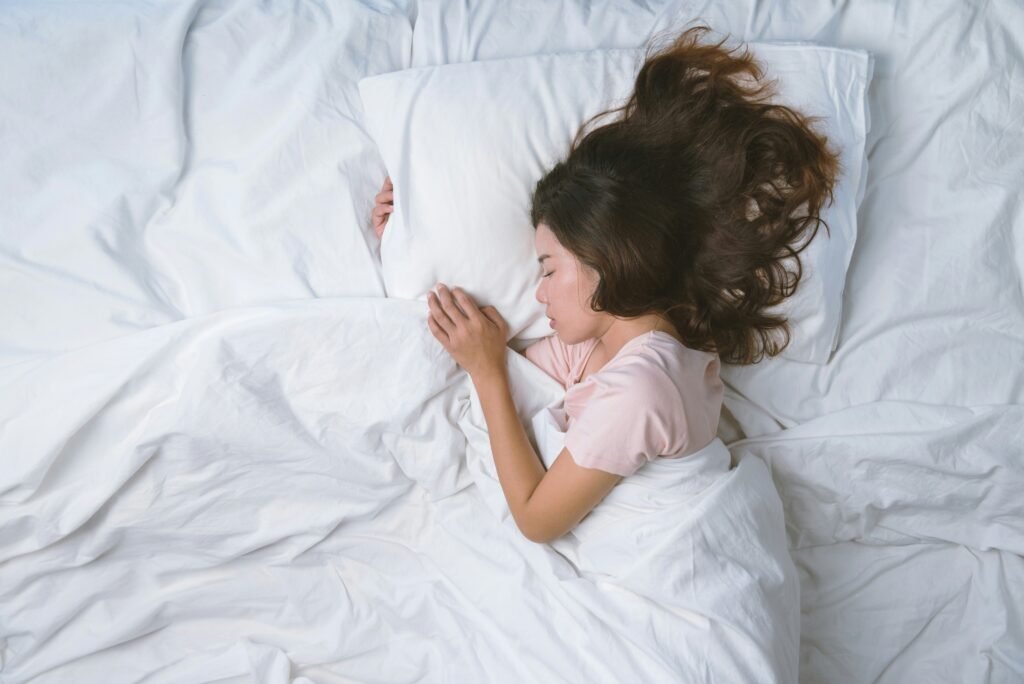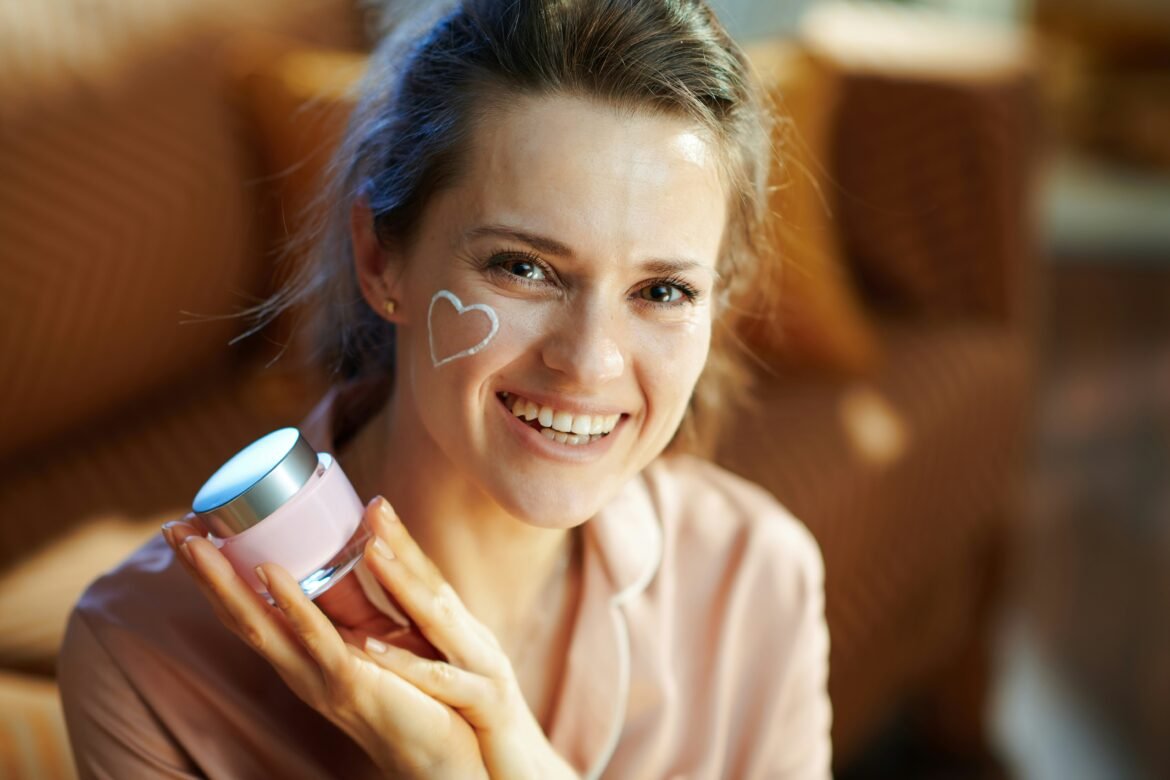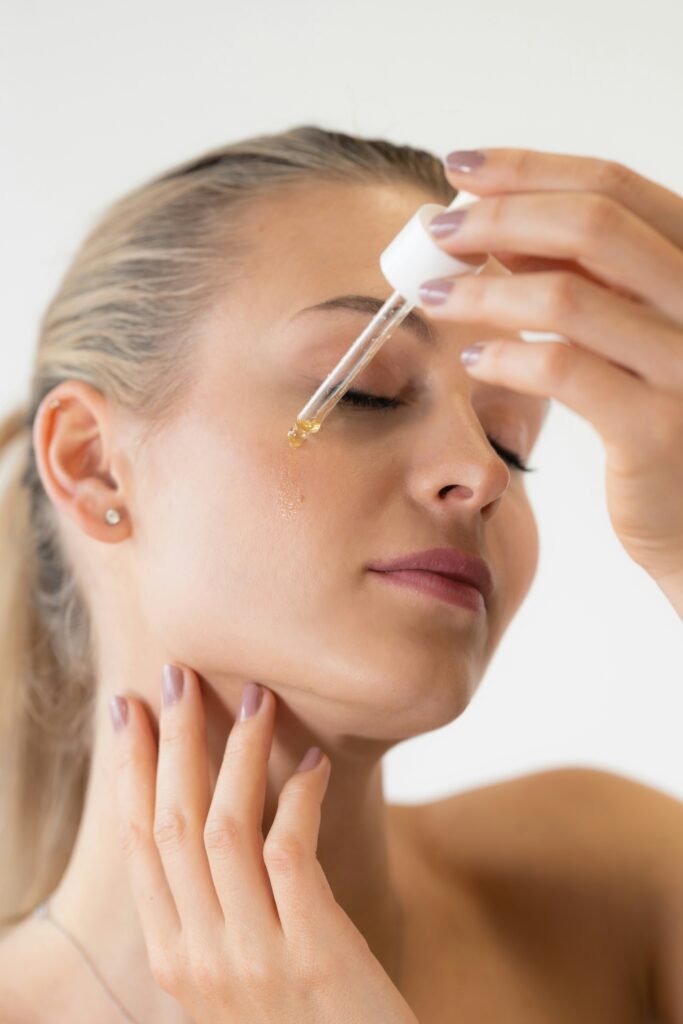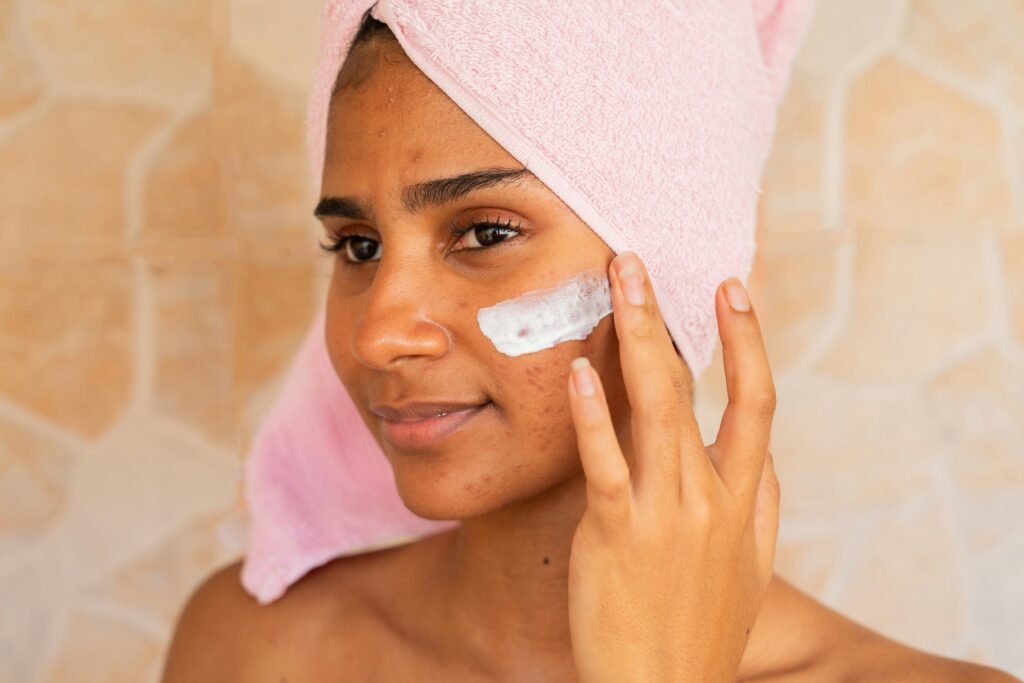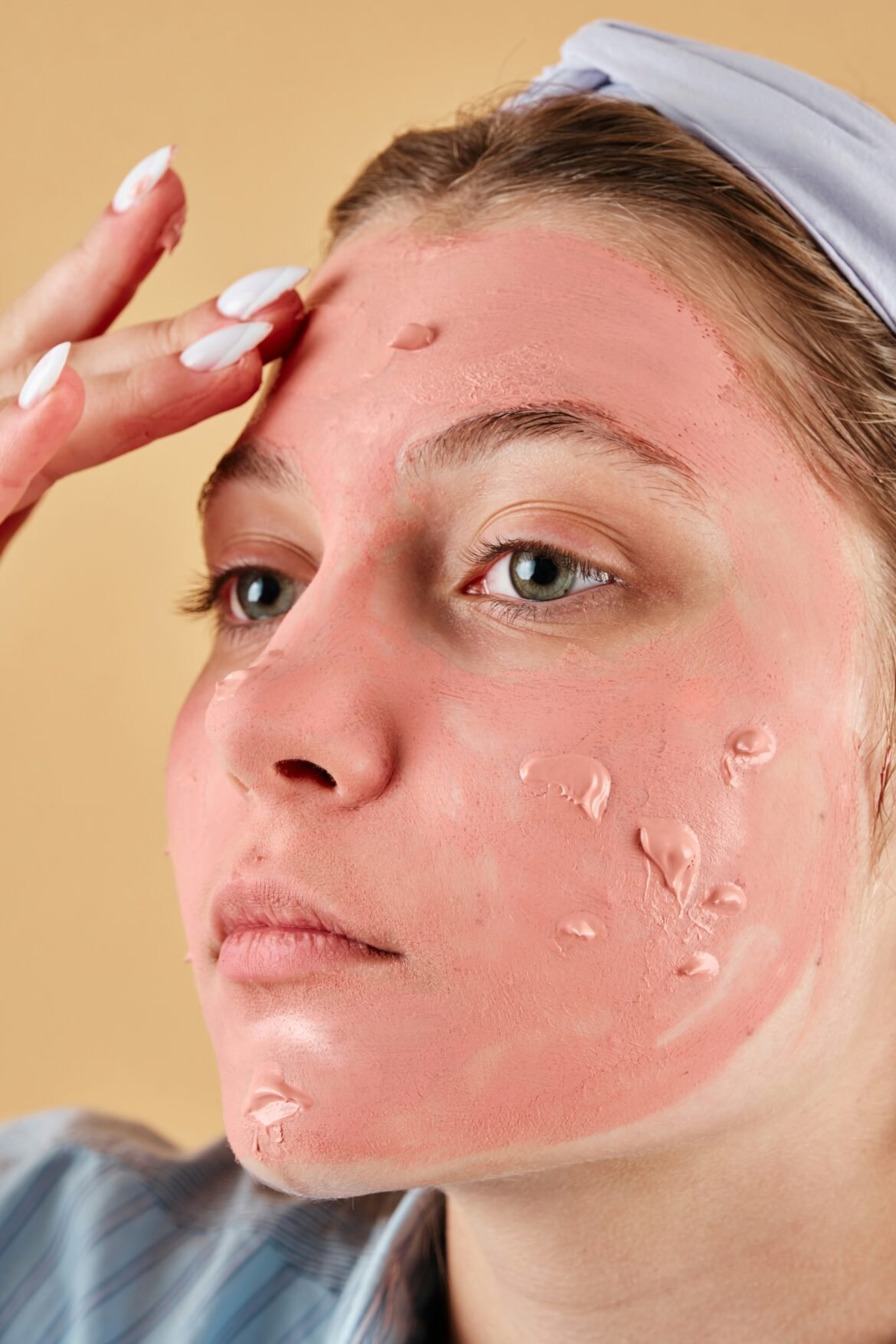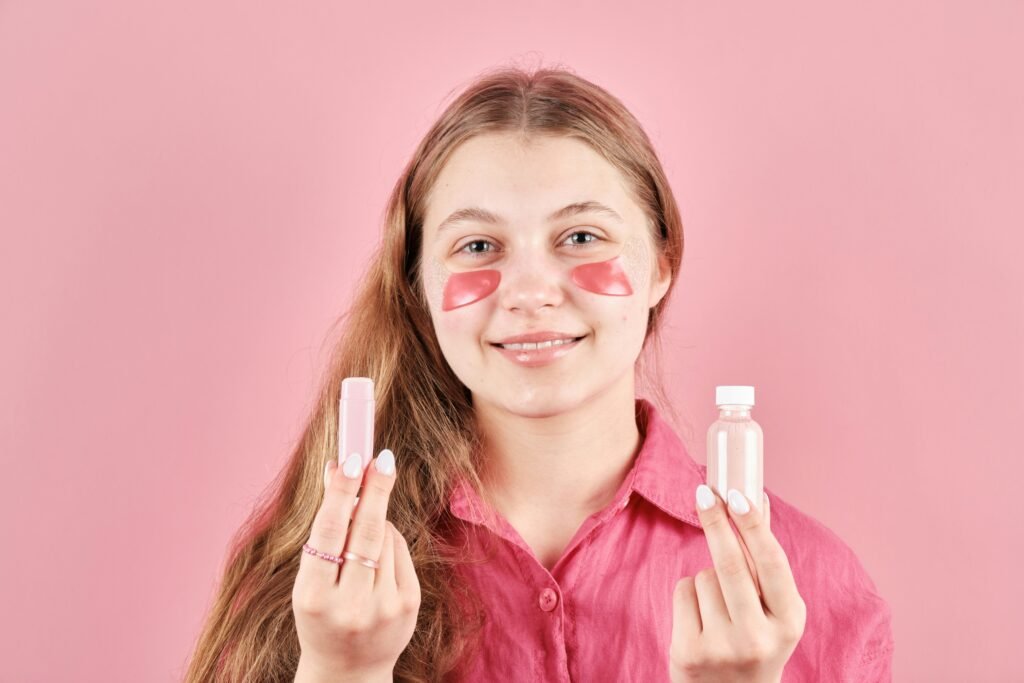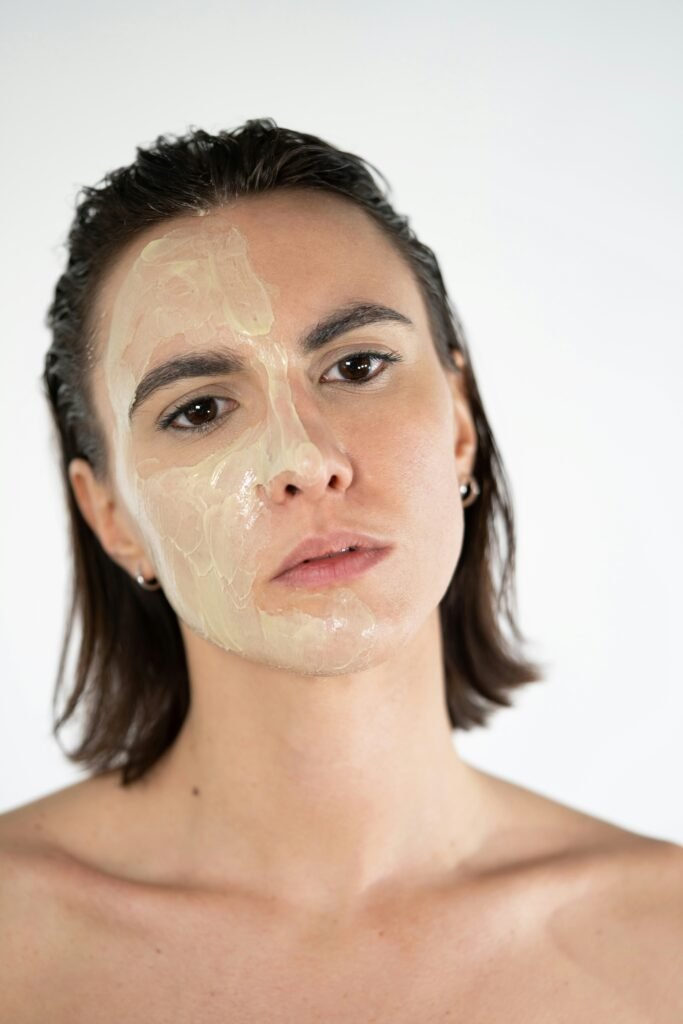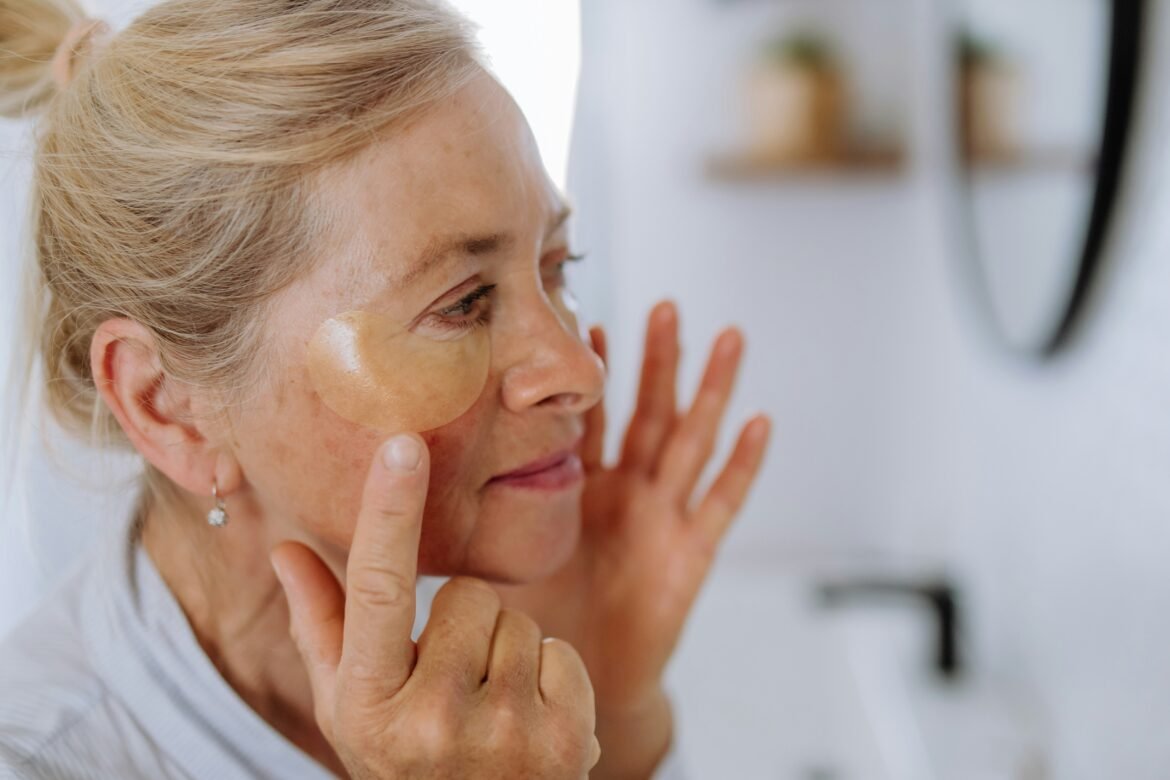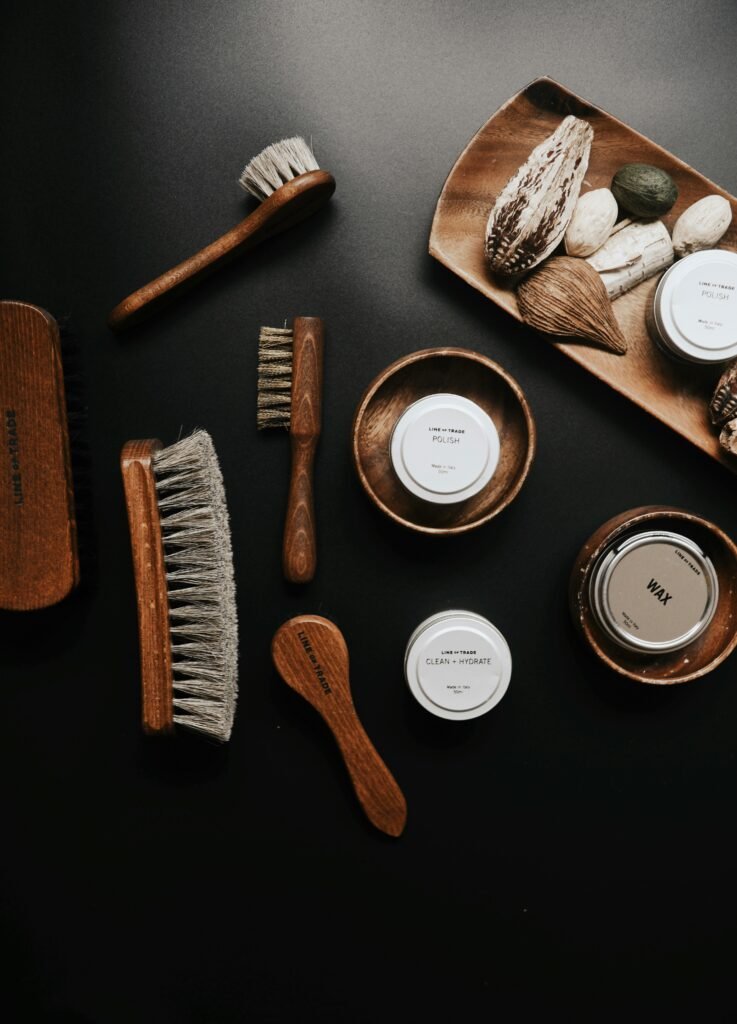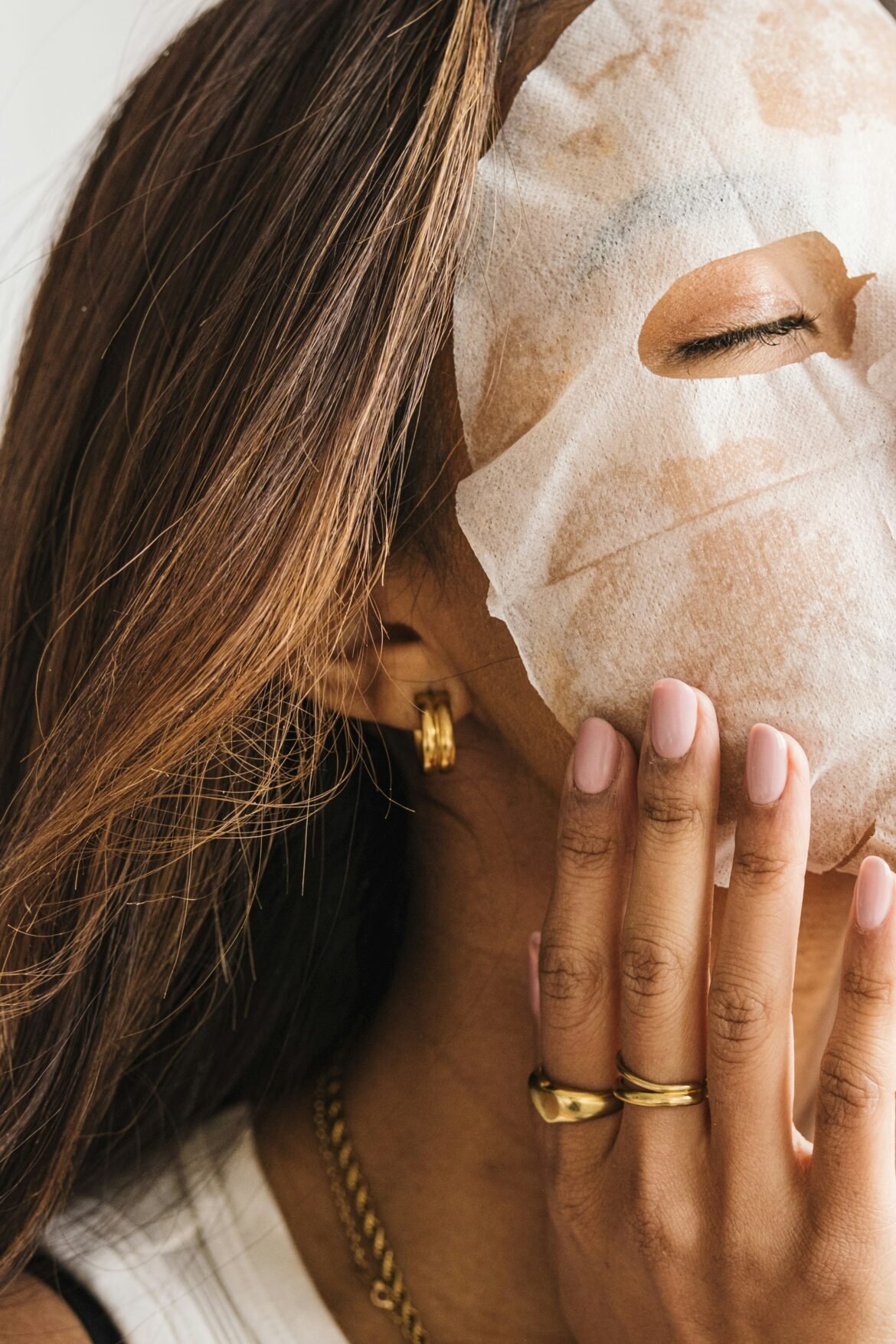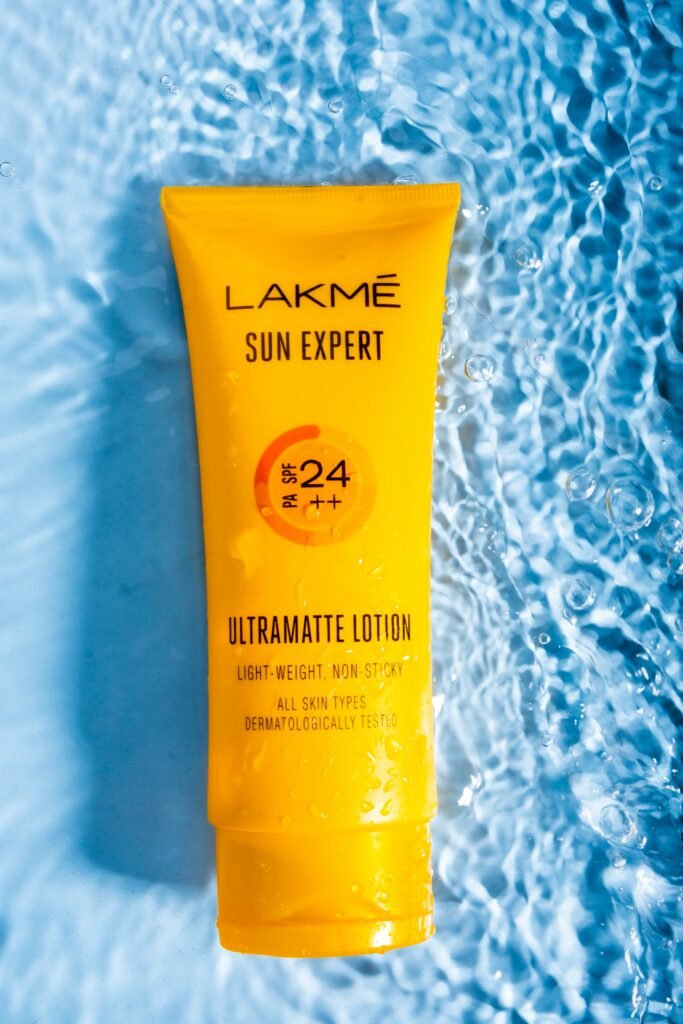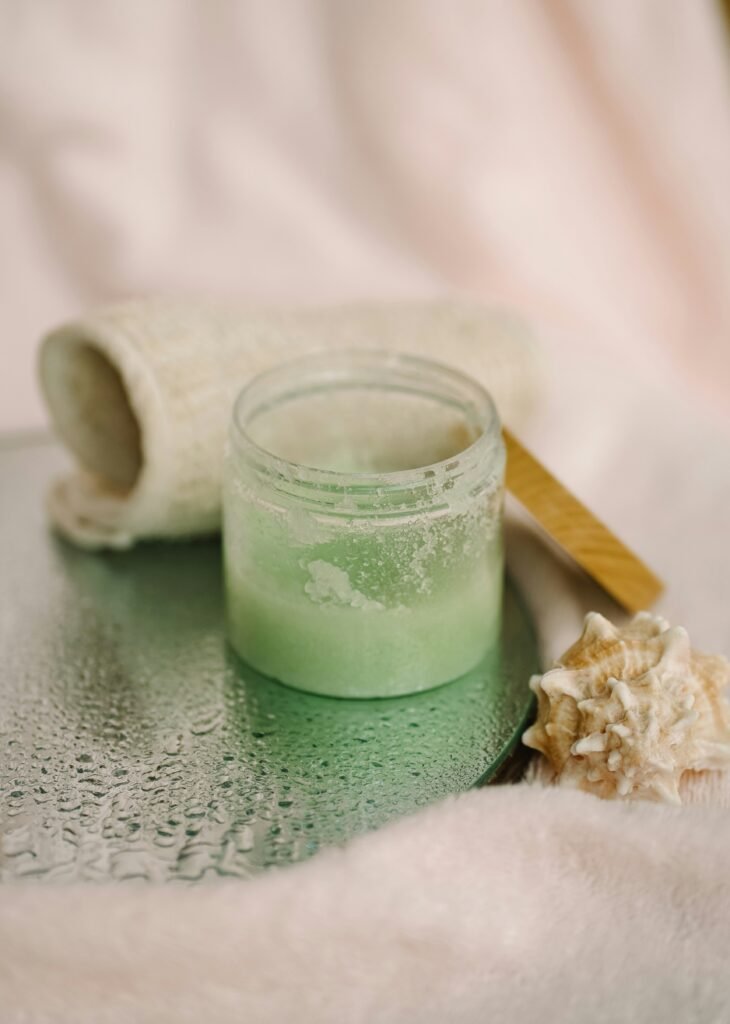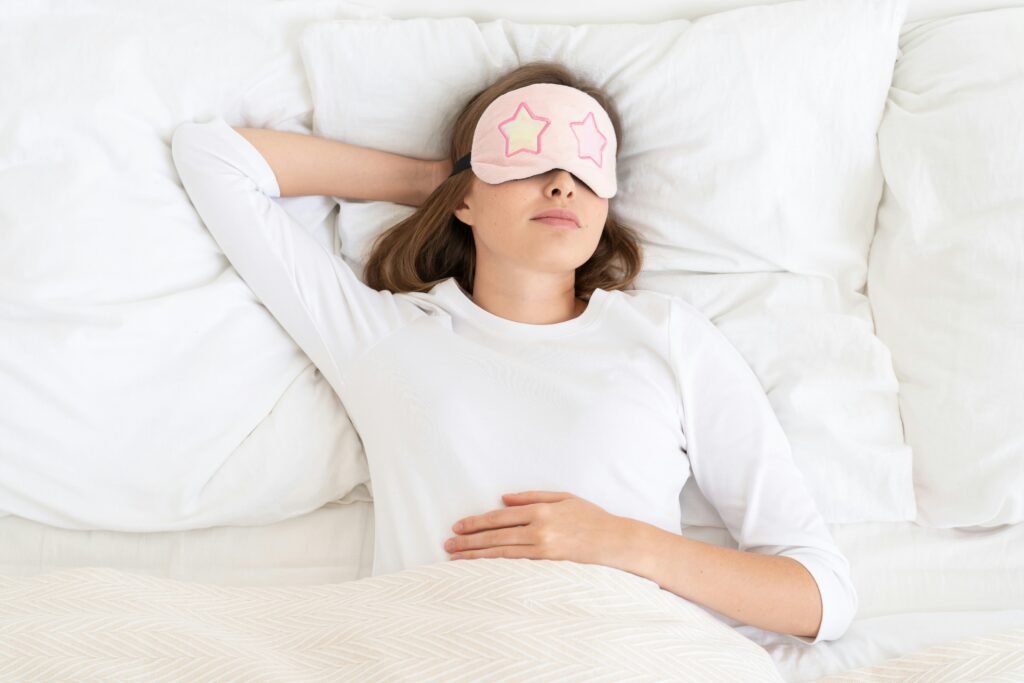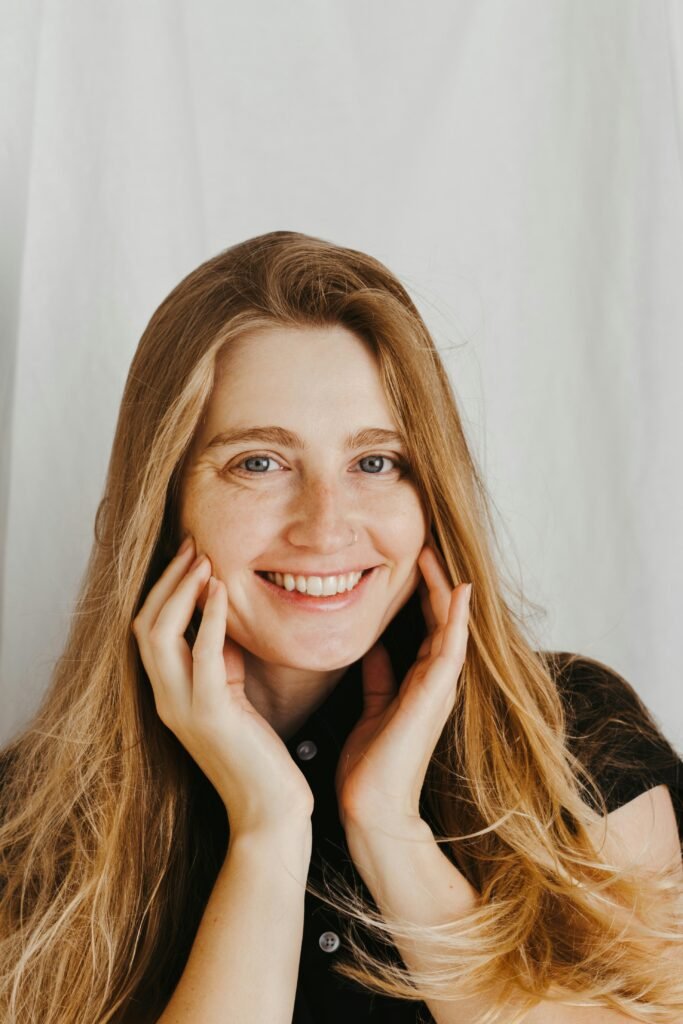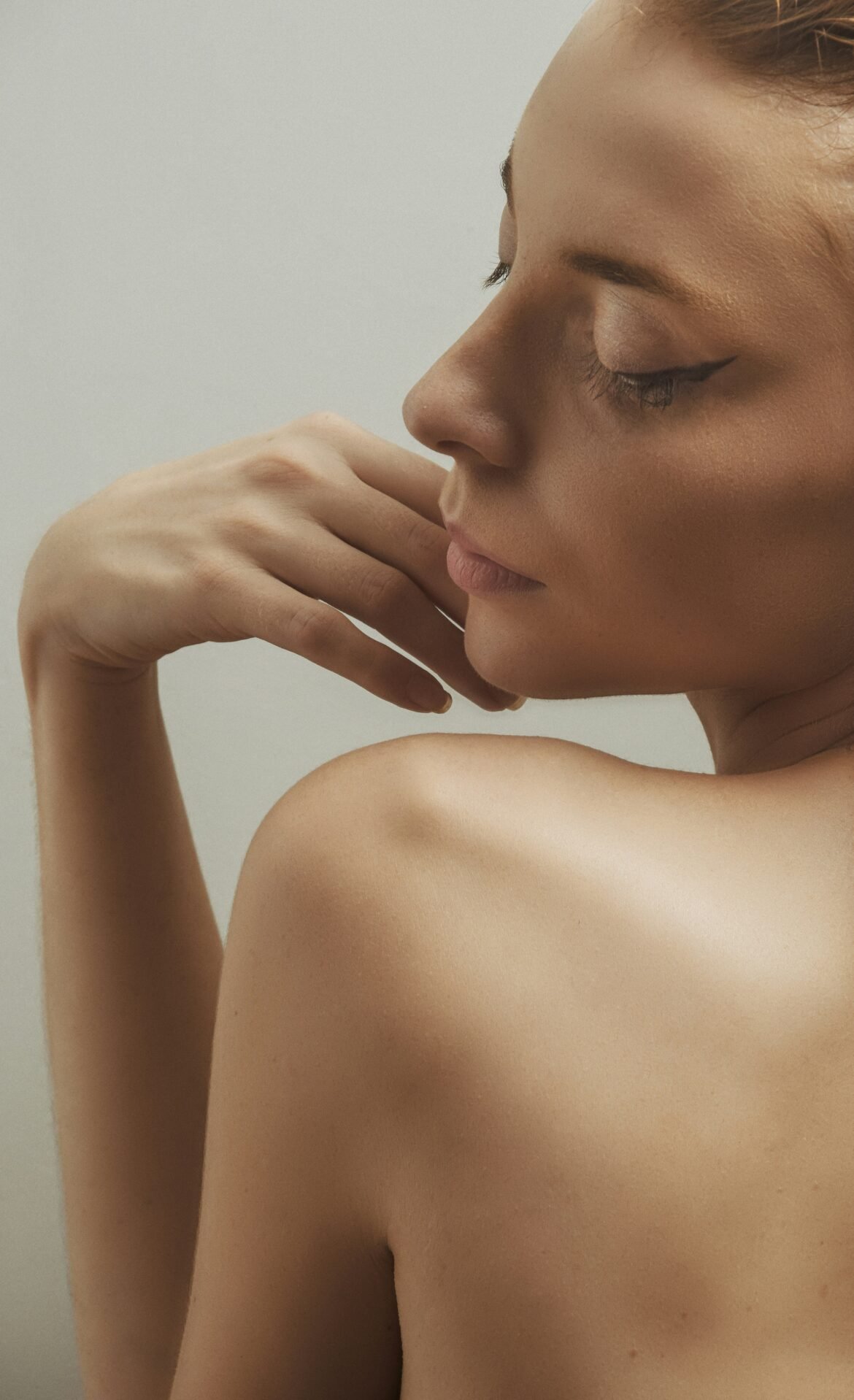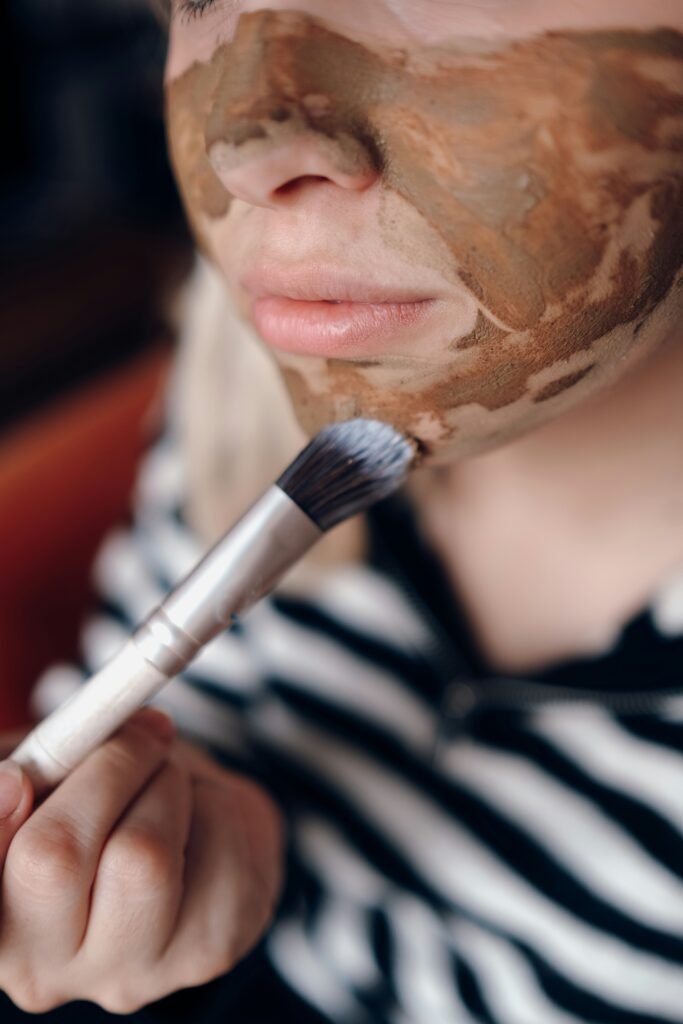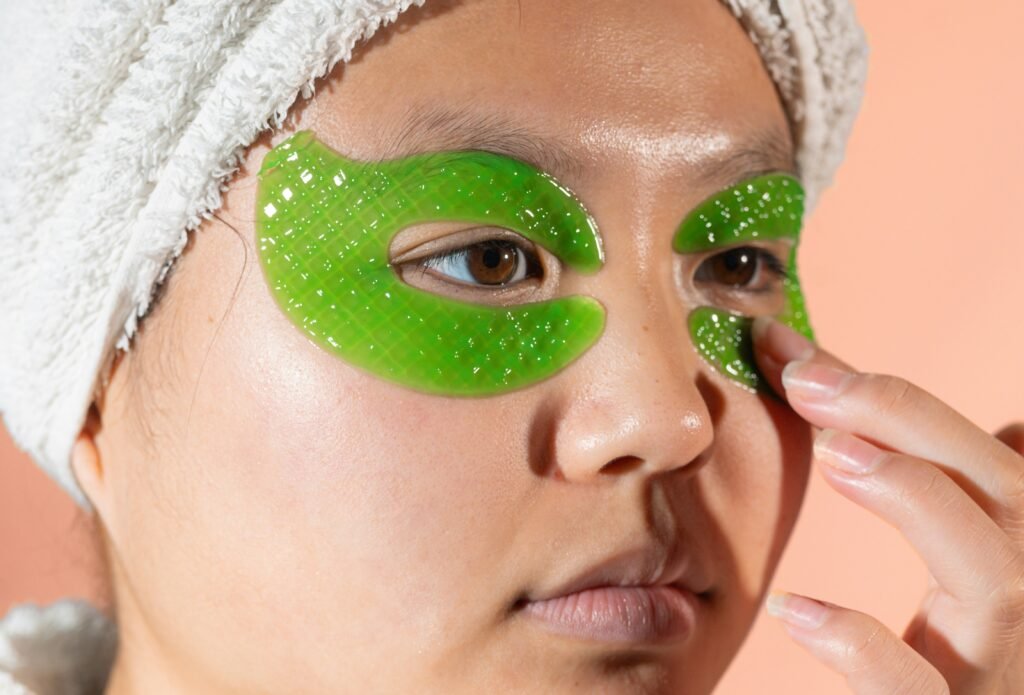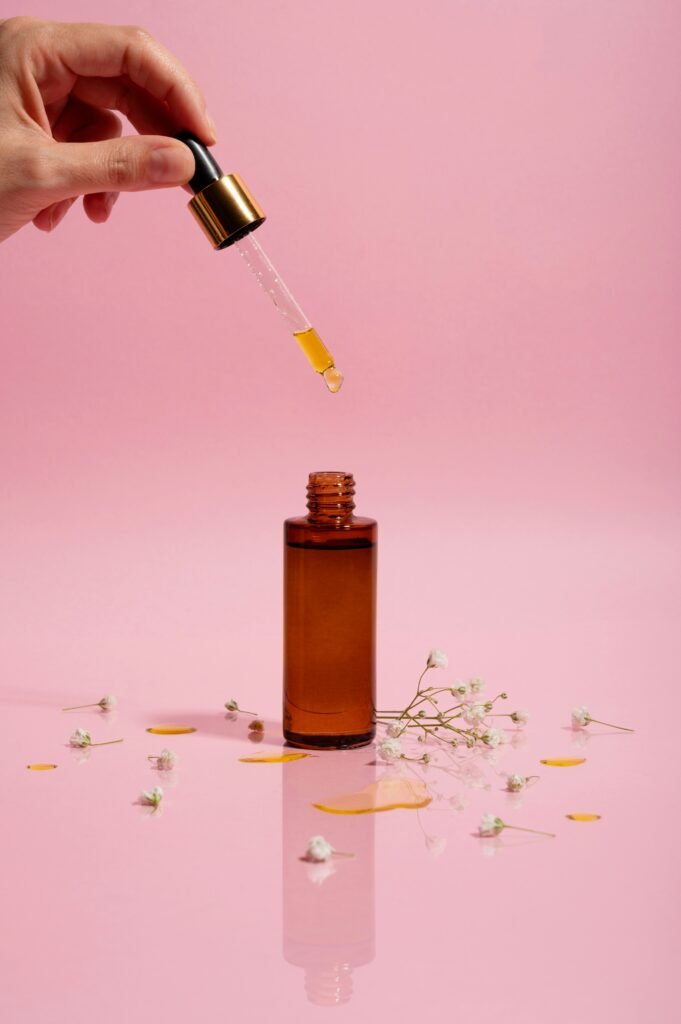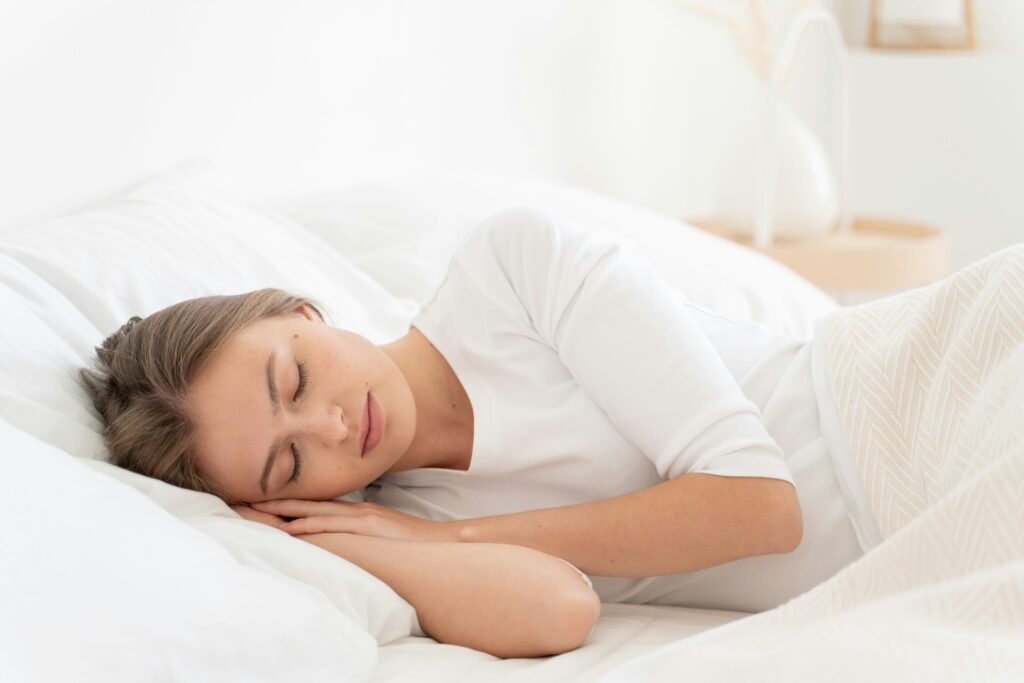Budget-Friendly Skincare Routine That Changed My Skin
There’s a special kind of frustration that comes from standing in front of the mirror, seeing your skin struggle, and knowing you’ve spent way too much money on products that just don’t work. For years, my bathroom counter looked like a skincare graveyard—half-empty bottles and jars that had all promised miracles but left me disappointed (and broke).
One evening, sitting on the floor surrounded by all those bottles, I had a thought: what if great skin doesn’t have to cost a fortune? Maybe it wasn’t about the luxurious packaging or the celebrity face on the ad. Maybe the real secret was in simple, affordable products that actually do what they say.
That night, I started digging—dermatology articles, beauty blogs, even endless Reddit threads. And the truth became obvious: so many expensive creams and serums use the exact same ingredients as drugstore versions. The difference? Branding and price.
So, I made a decision. I swapped my pricey routine for affordable, science-backed products. And within weeks, my skin started to change. The stubborn breakouts calmed down, the redness faded, and for the first time in years, I actually had a glow. Friends asked what treatment I’d splurged on, and they couldn’t believe me when I said the whole routine cost less than one high-end serum.
This routine didn’t just fix my skin—it changed the way I look at beauty.
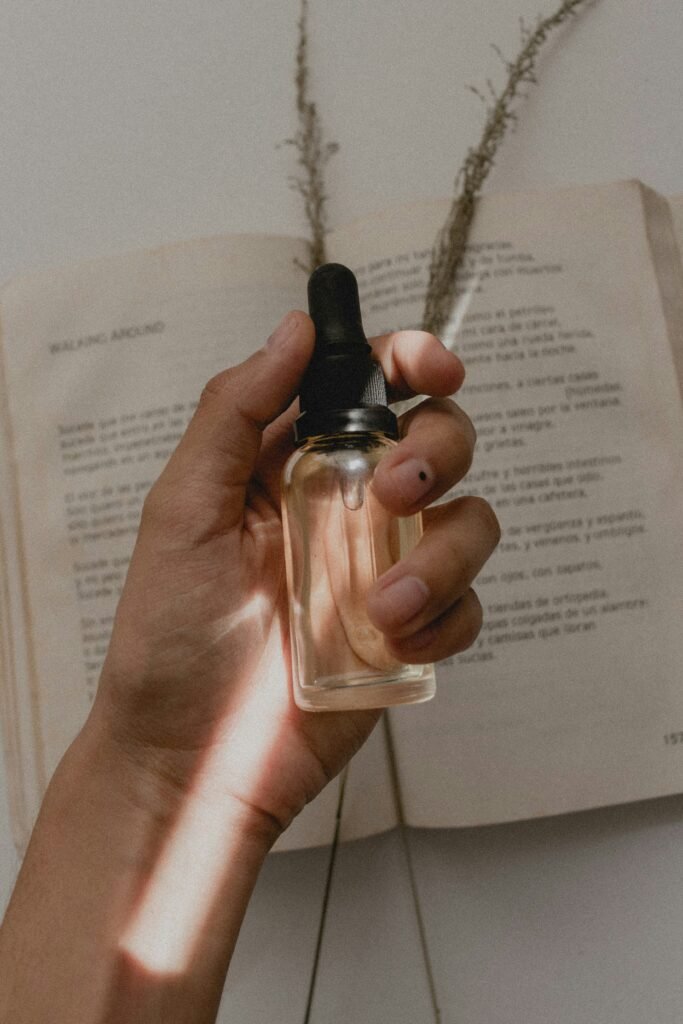
The Journey to Transformed Skin
At first, I stripped everything back to basics: cleanser, treatment, moisturizer, and sunscreen. No 10-step rituals, no tools, no gimmicks. Just five products, morning and night.
What shocked me was how quickly my skin responded. Within three months, the acne I’d been fighting for years cleared up, the dark spots from old breakouts began to fade, and my skin finally looked healthy. The best part? Everything cost under $50 total.
It felt like a little rebellion—proof that skincare doesn’t need to be complicated or expensive to be effective.
My Family’s Reaction
At first, my husband barely noticed (classic). But about six weeks in, while I was making coffee, he stopped mid-sentence and said, “Your skin looks… different. Good different.”
Then came my mom. During Sunday dinner, she cupped my face in both hands and asked, “Okay, tell me which fancy treatment you’re doing.” When I explained it was all drugstore products, she wrote down every name like it was a grocery list.
But the best part? My best friend, who had been struggling with her skin too, decided to copy my routine. She sent me weekly progress selfies, and after three months, we both went out for coffee without makeup. It was the first time in years either of us felt confident enough to do that.
Even my teenage niece got on board after seeing the changes. Being able to give her affordable solutions felt so much better than pointing her toward expensive products that might not even work.
Why This Routine Works
The secret is simple: it focuses on ingredients, not hype. Instead of flashy packaging and complicated names, these products go back to basics—cleansing gently, exfoliating lightly, treating acne or texture, hydrating deeply, and always protecting with sunscreen.
Each step works with the others, building a system that strengthens your skin instead of overwhelming it. And because the routine is affordable and simple, it’s sustainable long-term.
My Budget-Friendly Routine
Here’s what I use (all under $15 each):
- Gentle Cleanser – CeraVe Hydrating Facial Cleanser ($9.99)
- Exfoliant (2-3 nights/week) – The Ordinary Glycolic Acid 7% Toning Solution ($8.70)
- Treatment Serum – The Ordinary Niacinamide 10% + Zinc 1% ($5.90)
- Moisturizer – Neutrogena Hydro Boost Water Gel ($14.99)
- Sunscreen – Neutrogena Clear Face SPF 30 ($8.97)
- Optional Spot Treatment – Benzoyl Peroxide 2.5% ($5.99)
How I Use It
Morning:
- Wash gently with the cleanser.
- Apply 3-4 drops of niacinamide serum.
- Moisturize while skin is still a little damp.
- Finish with sunscreen (a generous amount—don’t skimp!).
Evening:
- Cleanse thoroughly, massaging for at least a minute.
- Every other night: apply glycolic acid toner, wait 15–20 minutes, then moisturize.
- On alternate nights: use niacinamide + moisturizer.
- If I get a breakout, I dab on a little benzoyl peroxide at the end.
The whole routine takes about 10 minutes. Nothing fancy, but consistent—and that’s what makes the difference.
Tips for Success
- Apply products to slightly damp skin—it helps them absorb better and you use less.
- Introduce products slowly, one at a time, every 1–2 weeks.
- Take photos once a week—you’ll notice changes more than in the mirror.
- Don’t expect overnight results. Real change takes 6–12 weeks.
Substitutions & Variations
- Sensitive skin? Try Vanicream Gentle Cleanser ($8.99).
- Very dry skin? Swap Neutrogena Hydro Boost for CeraVe Moisturizing Cream ($13.99).
- Oily skin? Use The Ordinary Natural Moisturizing Factors ($7.70).
- Targeting acne or early aging? Try Differin Gel (adapalene, $13.99) instead of glycolic acid.
Healthier Swaps
Want to keep things even cleaner and simpler?
- Use jojoba oil ($10) for makeup removal—it’s gentle and effective.
- Try lactic acid (The Ordinary 5%, $6.50) if glycolic feels too strong.
- Look for fragrance-free options if your skin is sensitive.
Closing Thoughts
This little routine did more for me in three months than years of luxury products ever did. And the best part? It’s affordable enough to stick with.
If you’ve been overwhelmed by skincare, or tired of wasting money on products that don’t deliver, I promise—simple, budget-friendly routines can change your skin. Consistency, not price, is the real secret.
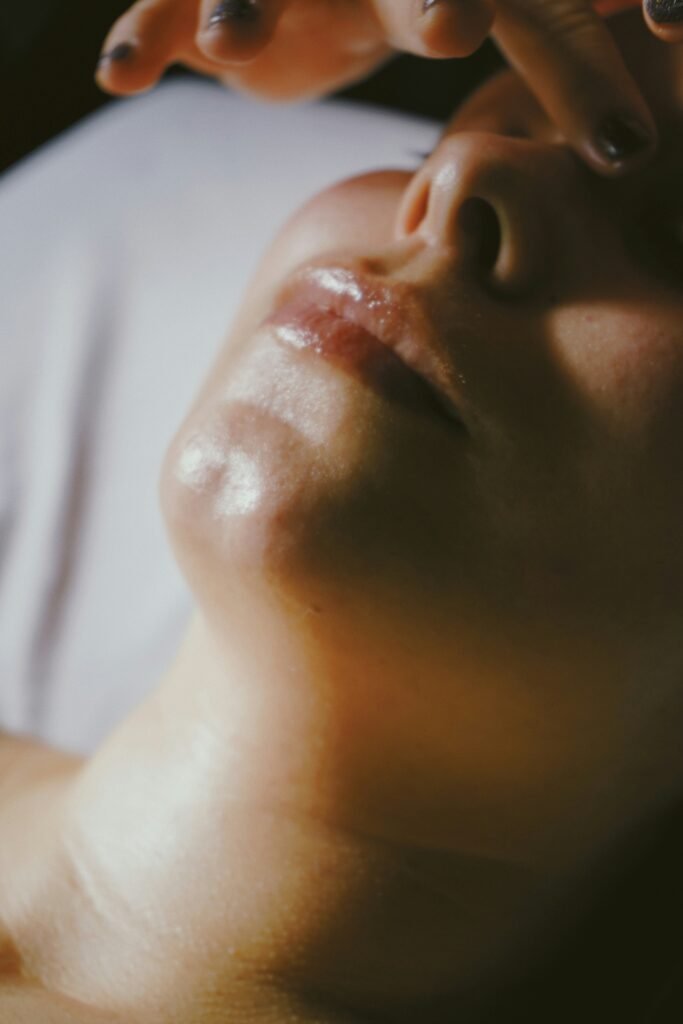
Frequently Asked Questions For Budget-Friendly Skincare
1. How long until I see results with this budget-friendly routine?
Most people notice improved hydration and texture within 2 weeks, but significant changes in acne, hyperpigmentation, and overall clarity typically take 8-12 weeks due to your skin’s natural renewal cycle.
2. Can I use this routine if I have sensitive skin?
Yes, but introduce products one at a time with 2-week intervals between additions. Consider patch testing each product on your jawline and start with the gentlest products first (cleanser and moisturizer).
3. Do I really need to use sunscreen every day, even in winter?
Absolutely. UV damage occurs year-round, even on cloudy days and indoors near windows. Sunscreen is your most important anti-aging product and crucial for preventing hyperpigmentation.
4. Can I add other active ingredients to this routine?
Yes, but be cautious about combinations. Vitamin C works well in the morning before niacinamide, while retinol can be used in the evening (but not on the same nights as glycolic acid).
5. Is this routine suitable for all skin types?
The basic structure works for all skin types, but those with extremely dry or oily skin may need to adjust the moisturizer. The product alternatives suggested address these variations.
6. How do these budget products compare to luxury brands?
Many budget products contain the same active ingredients as luxury brands but in simpler packaging with less fragrance. The core ingredients that affect skin (niacinamide, glycolic acid, ceramides) are identical.
7. Can I use this routine if I wear makeup daily?
Yes, but consider adding a double cleanse in the evening. Use an oil cleanser first to remove makeup and sunscreen, followed by your regular cleanser.
8. Will this routine help with acne scars and dark spots?
Yes. The combination of glycolic acid and niacinamide specifically targets hyperpigmentation and improves skin texture over time. For stubborn marks, you might add a targeted azelaic acid product.
9. How often should I exfoliate with the glycolic acid?
Start with once weekly and gradually increase to every other night as your skin adjusts. Never use it more than once daily, as over-exfoliation damages your skin barrier.
10. Can teenagers use this skincare routine?
Most of these products are suitable for teenagers, though younger skin may not need the glycolic acid component. Focus on the gentle cleanser, moisturizer, and sunscreen first.
11. How can I prevent products from oxidizing or expiring?
Store products away from direct sunlight, keep lids tightly closed, and use clean hands when applying. Most products remain effective for 12 months after opening.
12. Is this routine environmentally friendly?
While not perfect, these budget options typically use less excessive packaging than luxury brands. Consider products from The Ordinary and CeraVe, which use minimal, recyclable packaging and avoid unnecessary additives.
